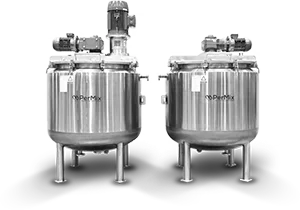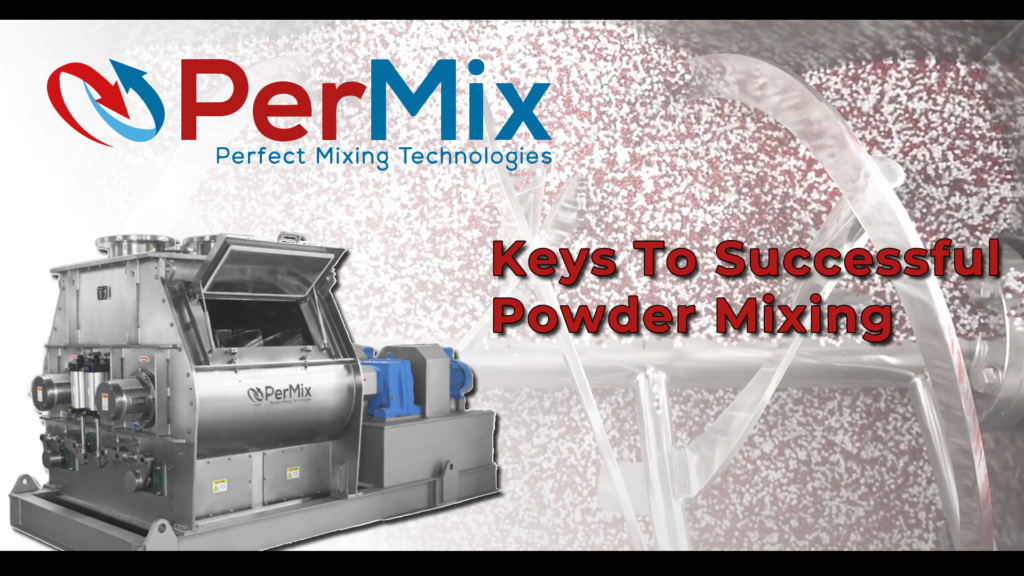Industrial Mixers
PerMix News & Updates



Powder mixing is both an art and a science that plays a crucial role in various industries, including pharmaceuticals, food, chemicals, and construction. The process involves combining two or more different powders to achieve a homogeneous mixture, which is essential for the consistency and quality of the final product. Let’s explore the fundamental principles that govern the complex yet fascinating world of powder mixing.
The foundation of powder mixing lies in the understanding of particle characteristics such as size, shape, density, and surface properties. These attributes significantly influence how particles interact with each other during the mixing process. For instance, particles of similar size and shape tend to mix more uniformly, while differences in density can lead to segregation.
There are several mechanisms by which powders can be mixed, including diffusion, convection, and shear. Diffusion occurs at a microscopic level as particles randomly move and intermingle. Convection involves the macroscopic movement of powder groups, often facilitated by a mixer’s rotating elements. Shear mixing applies force to the powder, causing layers to slide against each other, enhancing the mixing action.
Choosing the right mixer is paramount to the success of the mixing process. Mixers come in various designs, each suited to specific types of powders and mixing requirements. Common types include tumble mixers for free-flowing powders, ribbon mixers for cohesive materials, and fluidized bed mixers for fine, aeratable powders.
The Froude number is a dimensionless parameter that helps in the design and analysis of mixing equipment. It compares the centrifugal force to the gravitational force, indicating the regime of the mixing process. A low Froude number suggests a gentle mixing action, while a high Froude number indicates a more vigorous mixing.
Determining the optimal mixing time is essential to achieve homogeneity without overmixing, which can lead to demixing or particle damage. The mixing time depends on the mixer type, powder properties, and the scale of operation. Trial and error, along with experience, often guide the optimization of mixing time.
Real-time monitoring and process control are vital for maintaining the quality of the mix. Technologies such as near-infrared spectroscopy (NIR) and image analysis can provide insights into the mixing state, allowing for adjustments to be made on-the-fly to ensure a consistent product.
Segregation, the separation of particles by size, density, or other properties, is a common challenge in powder mixing. To counteract segregation, mixers may employ strategies like agitator design modifications, controlled flow patterns, or the addition of flow aids.
Scaling up from laboratory to production scale requires careful consideration of geometric, kinematic, and dynamic similarities. The principles that work on a small scale may not directly translate to larger volumes, making scale-up one of the most critical aspects of powder mixing.
Source: PerMix Ribbon Mixer Mixing Video
Powder mixing is a multifaceted process that demands a deep understanding of material properties, equipment capabilities, and process variables. By mastering these principles, industries can ensure the production of high-quality, homogeneous products that meet stringent standards and consumer expectations